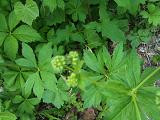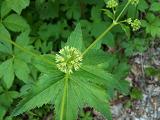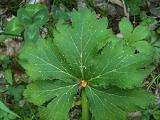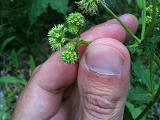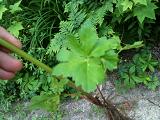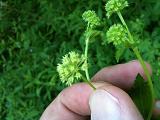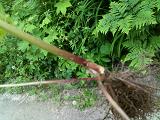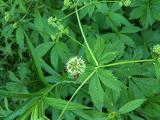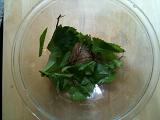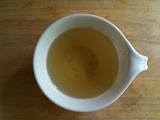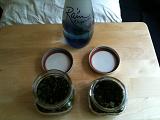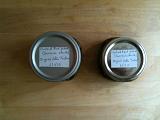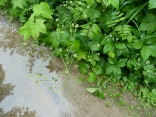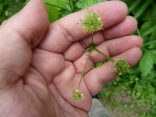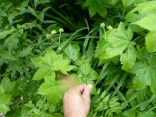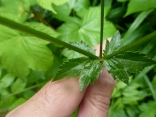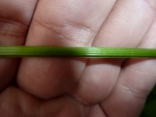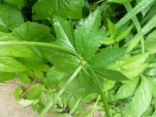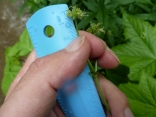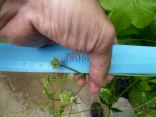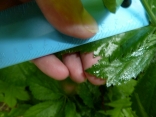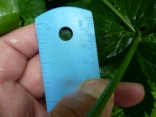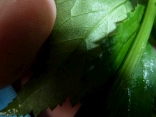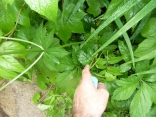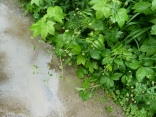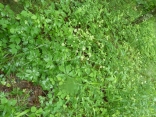As a member of the carrot family, the flowers grow as umbrel (all of the little flowers attached to the same spot on the flowering stem and all of the flowers individually stalked). One of the distinguishing characteristic of Maryland Black Snakeroot is the the styles (stalk of the pistils) are slightly curved and longer than the prickles of the ovary. The styles of most other Sanicula species are the same length or shorter than the prickles of the ovary. Click on and expand the picture up above on the left. If you look very closely, you will see numerous prickles with little hooks attached to the ovary. But you can also see a somewhat faint style stalk sticking out to the left that is longer than the prickles with hooks. Clustered Black Snakeroot (Sanicula odorata) has long styles as well, but the ovary has a short stalk and the sepals are shorter (only 0.5-1.0 mm long as opposed to 1-2 mm long).
